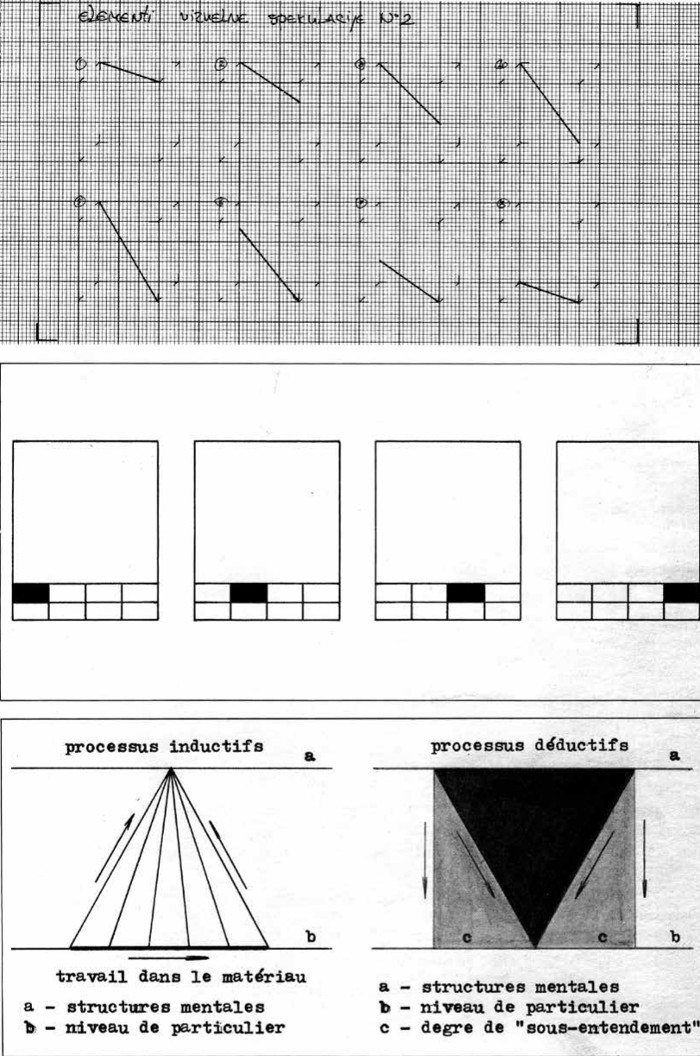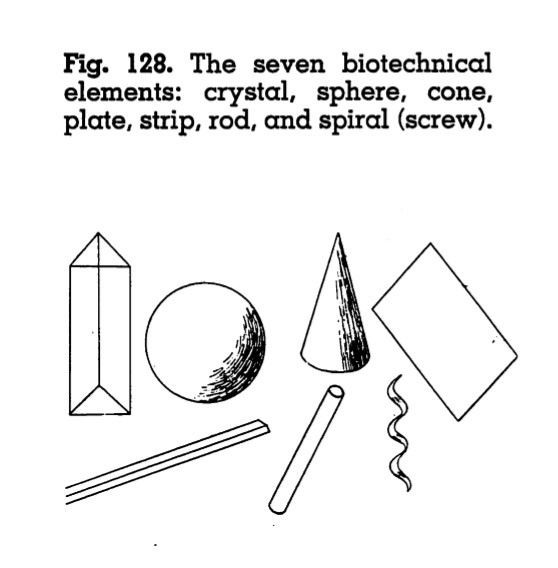Dietmar Unterkofler: Grupa 143: Critical Thinking at the Borders of Conceptual Art, 1975–1980 (2012) [Serbian/English]
Filed under book | Tags: · 1970s, art, art history, conceptual art, film, performance art, photography, serbia, yugoslavia

The late-conceptualist art collective Group 143 was founded in March 1975 by Biljana Tomić in Belgrade as an open educational and theoretical platform at the Student Cultural Centre. Besides Tomić, the other key figures in the group were Miško Šuvaković, Jovan Čekić, Paja Stanković, Neša Paripović, and Maja Savić. The group worked together for five years, producing a broad range of artistic work in the media of photography, film, the artist’s book, diagrams and charts, public lectures, and performance art. Their research was focused primarily on epistemological and theoretical questions about the “art world” in general and the critical potential of intellectualized art-thinking within the conditions of late socialism in Yugoslavia.
The theoretical foundation of their art was shaped by structuralist and post-structuralist French theory, language philosophy, post-constructivism, and British and American conceptual art. Their last public presentation of their work came in August 1980, when Group 143 had a solo exhibition at Galerija Loža in Koper. (Source)
Grupa 143: kritičko mišljenje na granicama konceptualne umetnosti 1975-1980
Publisher Glasnik, Belgrade, 2012
ISBN 9788651915539
393 pages
Oliver I.A. Botar: Prolegomena to the Study of Biomorphic Modernism: Biocentrism, László Moholy-Nagy’s “New Vision” and Ernő Kállai’s Bioromantik (1998)
Filed under thesis | Tags: · aesthetics, art history, avant-garde, biocentrism, biology, constructivism, modernism, nature, photography, science

“Focusing on Weimar Germany, I ground the study of biomorphic Modernism in Ernő Kállai‘s 1932 identification of a trend he termed Bioromantik. Kállai wrote from a biocentric position, an amalgam of Nature Romanticism and biologism espoused by Nietzsche, Ernst Haeckel, Ludwig Klages, Oswald Spengler, Raoul Francé and Hans Prinzhorn in the early 20th century, here established as a politically-charged category of intellectual history. Kállai characterized Bioromantik as art, the imagery, forms or themes of which express Monist, Neo-Vitalist, lebensphilosophisch and Organicist, i.e. biocentric concepts such as the life-force, creative/destructive aspects of nature, and our unity with it. The work of artists he cited (Arp, Klee, Moore, Kandinsky, Ernst, etc. ) is biomorphic Modernist in style. Kállai’s conception derives from his realization of the similarity between biomorphic art and scientific photography, here termed the ‘naturamorphic analogy’, a topos traceable to Kandinsky’s pre-war writing.
Probably inspired by Walter Benjamin’s review of Karl Blossfeldt’s photographs, Kállai’s epiphany occurred in the Moholy-Nagy-curated ‘Raum-1’ of the 1929 Film und Foto show in Stuttgart; in effect a three-dimensional statement of his ‘New Vision’ that aestheticized scientific photography, and that — like Moholy’s entire pedagogical project — I show to be rooted in biocentrism. Thus, the profound effect biocentric thinkers had on the milieux Moholy emerged from is discussed: The fin-de-siècle Haeckelian tradition of normative aestheticized scientific imagery is shown to underlie New Vision; the biocentric wing of the Jugendbewegung is revealed as a source of Moholy’s biocentric pedagogy; inspired by Francé, ‘Biocentric Constructivism’ is identified as a discourse engaged in by Mies, Moholy, Lissitzky, Hausmann and Meyer; the Bauhaus, with attention to Gropius, Klee, Kandinsky, Schlemmer and Meyer, is recast as a locus of biocentric ideas.
Like others, Kállai proposed a ‘psychobiological’ explanation for the naturamorphic analogy: the artists’ identity with nature and their consequent intuitive imaging of its unseen aspects also revealed by science. I show how the aestheticization of scientific images effected by New Vision enabled Modernist artists and critics to be exposed to such imagery — an historical alternative to the essentialist explanation that constitutes a basis for research on biomorphic Modernist art.” (Abstract)
Department of the History of Art, University of Toronto, 1998
762 pages
Dawn Ades, Simon Baker (eds.): Undercover Surrealism: Georges Bataille and DOCUMENTS (2006)
Filed under book, catalogue | Tags: · 1920s, 1930s, archaeology, art, art history, avant-garde, ethnography, film, painting, photography, sculpture, surrealism

“In the Paris art world of the 1920s, Georges Bataille and his journal DOCUMENTS represented a dissident branch of surrealism. Bataille—poet, philosopher, writer, and self-styled “enemy within” surrealism—used DOCUMENTS to put art into violent confrontation with popular culture, ethnography, film, and archaeology. Undercover Surrealism, taking the visual richness of DOCUMENTS as its starting point, recovers the explosive and vital intellectual context of works by Picasso, Dalí, Miró, Giacometti, and others in 1920s Paris. Featuring 180 color images and translations of original texts from DOCUMENTS accompanied by essays and shorter descriptive texts, Undercover Surrealism recreates and recontextualizes Bataille’s still unsettling approach to culture. Putting Picasso’s Three Dancers back into its original context of sex, sacrifice, and violence, for example, then juxtaposing it with images of gang wars, tribal masks, voodoo ritual, Hollywood musicals, and jazz, makes the urgency and excitement of Bataille’s radical ideas startlingly vivid to a twenty-first-century reader.”
With contributions by Fiona Bradley, Neil Cox, Caroline Hancock, Denis Hollier, William Jeffett, CFB Miller, Michael Richardson, and Ian Walker.
Publisher Hayward Gallery, London, with MIT Press, Cambridge/MA, 2006
ISBN 1853322504, 9781853322501
272 pages
Exh. reviews: Peter Suchin (Frieze), Benjamin Noys (Radical Philosophy), John Phillips and Ma Shaoling (Theory, Culture & Society).
Wikipedia
PDF (104 MB, updated on 2020-2-20)
Comments (6)
